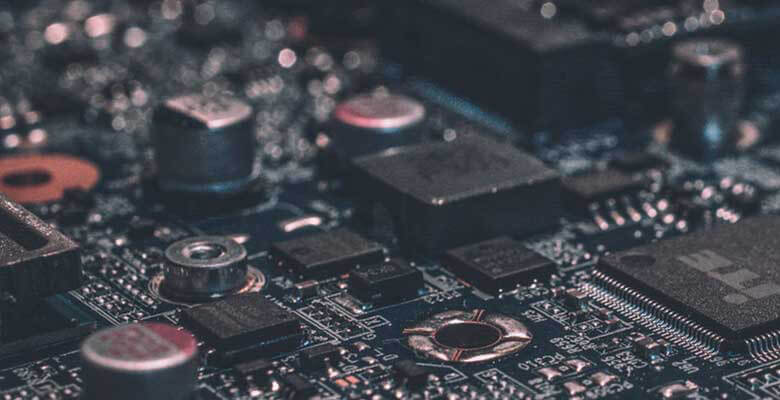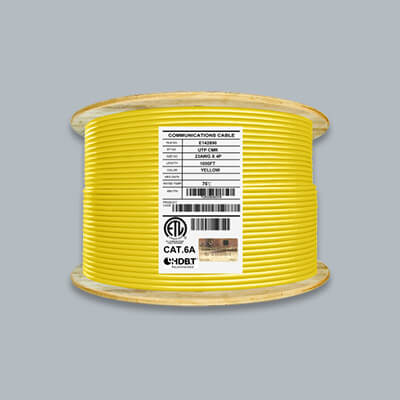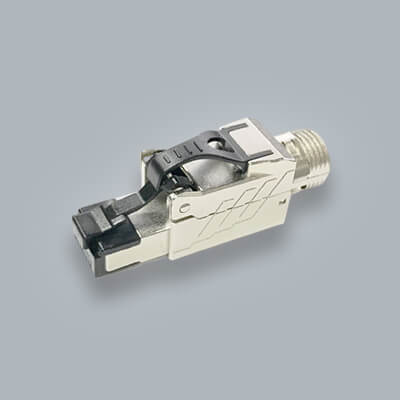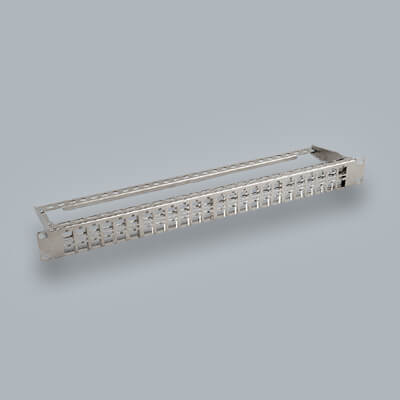Fast Ethernet: Explained

Getting through all the different networking terminologies can be a daunting task at first. From networks, to LAN's to ethernet types getting a better understanding of these technologies can help in deciding which cable or hardware is right for you. One of the most seasoned ethernet types is fast ethernet. This ethernet version has been around many years and covers a couple different standards. In this article we will cover all there is to know about fast ethernet. What is fast ethernet and what are the standards that make it up?
Introducing Fast Ethernet
With the advancements in technology a need for a standard of transmission performance was required for hardware and cables. Fast ethernet was created in 1995 under the standard of IEEE 802.3u. IEEE is the Institute of Electrical and Electronics Engineers. They are a group of electrical engineers who come together to create standards for the networking industry. This includes standards for cable transmission and network protocols. The standard of IEEE 802.3u was one of the earlier standards set in place to define how ethernet performance would be expected by manufactures and customers.
What Is Fast Ethernet?
Fast ethernet is defined as a way to transfer traffic at a rate of 100 Mbit/s. Before IEEE 802.3u the highest speed was 10 Mbit/s. Both of these standards are similar in the overall design as you can use Fast Ethernet on twisted pair and fiber cables. The different comes in the capabilities of transmitting data. The great thing about the cables used for 100 Mbit/s is that they can also be backwards compatible with previous version. The 802.3i standard (10 Mbit/s) being one of them.
The devices made for fast ethernet are also backwards compatible with previous versions. This makes it easy to get up and running by just plugging in your cable. Some of the common networking hardware capable of this is switches, hub or routers. These types of devices usually have technology that can auto detect what type of cable and hardware you are using. So if your hardware has 10Base-T capabilities and all the equipment and cables as an extension to that are capable of 10Base-T then the hardware will know to connect with 10Base-T.
Types Of Fast Ethernet
Focusing on copper twisted pair cable this technology has branched into many different standards. 10Base-T being the foundation of the standards which is composed of:
- 100 Base-TX
- 100Base-T4
- 100Base-T2
- 100Base-T1
There is another notable mention for 100BaseVG but was never brought to standardization after the application of 100Base-TX.
Conclusion
The development of technology has brought on many changes in the networking industry. IEEE has been busy keeping up with tech and re introducing new standards for the networking industry. While Fast Ethernet isn't the most prevalent standard used now a days as it was the fastest for its time. Technology has since moved on to faster standards such a gigabit. IEEE 802.3u can be considered as a great achievement and pillar for the next generation and new generations of advancements to come.





